|

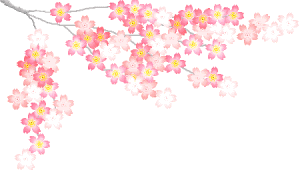 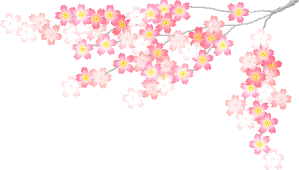

By three methods we may learn wisdom: First, by reflection, which is noblest; Second, by imitation, which is easiest; and third by experience, which is the bitterest.
~Confusius~

Chinese culture is one of the oldest cultures of the world. The Chinese traditions and culture vary between the different towns, and provinces. A topic on Chinese traditions and culture would be incomplete without mentioning their food, clothes, education and architecture and transport. The historians claim that Chinese culture was very civilized and they had some unique and wonderful traditions.
Chinese food is known for its aroma, color and flavor. The Chinese food, culture and traditions can be traced back to the 16th century B.C. Yi Yin, a scholar who lived during the Shang Dynasty was of the opinion that food should include flavors such as sweet, sour, bitter, piquant and salty. The reason is, the five major organs of the human body - heart, liver, spleen, lungs and kidneys, require nutritional diet. He formulated the theory of harmonization of food, which stresses on good nutritional diet to maintain good health. The traditional belief that food and medicine share the same origin is a part of Chinese tradition. This could be the reason that Chinese use scallions, garlic, dried lily buds, fresh ginger root, bamboo shoots and tree fungus in their cooking. The Chinese believe that these herbal plants have properties that prevent as well as cure various illnesses.
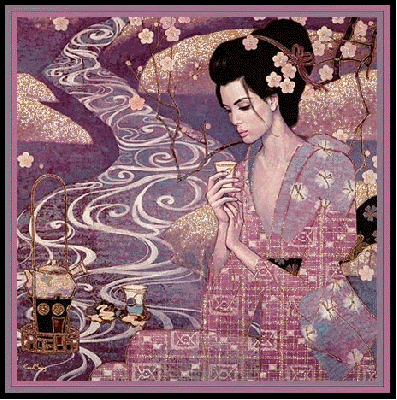
The Chinese people have a rich religious and philosophical heritage. While Western thought and religion are gaining popularity and support in China and among Chinese people, more and more occidental thinkers are discovering the beauty and value of the Eastern philosophies.
China is the home of Taoism and Confucianism, as well as very widely practiced folk religion. Buddhism gained an early entry into China, and has since become the most widely professed belief.
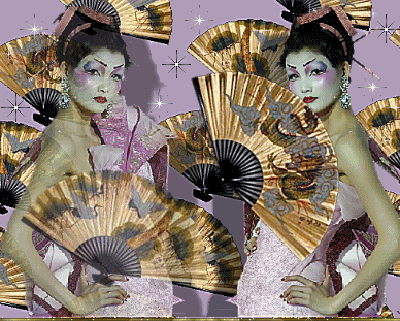
Buddhism
Chinese Buddhism is often mixed with local traditions and folklore, and in many cases not practiced in a "pure" form. However, Buddhism has a strong following in China. There are many Buddhist temples and monasteries, as well as a very large population of lay disciples. One of the core teachings of Buddhism is that life is a continual cycle of suffering. The primary purpose of practicing Buddhism is to escape the cycle of death and rebirth and a release from the struggles of life. Enlightenment concerning the nature of the universe and self is a key component in achieving the state of unchanging, unbecoming. (A Buddhist would say a state of neither changing nor not changing, of neither becoming nor not becoming.)
Buddhism also offers a path of less resistance and pain to those on the journey towards escape. First, since every action brings about a consequence and has direct impact on future life or lives, it is important to avoid any negative actions or vices that will bring a negative karmic effect. Secondly, since disappointment, happiness, sadness, pleasure, pain, and every other condition a person can be in is predicated upon some want or desire, elimination of wants and desires is paramount to eliminating suffering.

Taoism
Taoism was born in China. Tao is the character for a road or path, as well as that of knowledge and reason. Perhaps this religion/philosophy's most quintessential belief is that of balance. The concept of Yin and Yang originate from Taoism, with each side representing opposite and counterbalancing traits and qualities. In Taoism, understanding the nature of things and acting in a moderate way to avoid the consequences of extremes is a primary key. A lot of wise sayings and proverbs originate in the original Taoist poems and in Taoist writings. In many cases Taoism is a common sense way of looking at life. However, it is also very much interested in prolonging life and obtaining immortality.
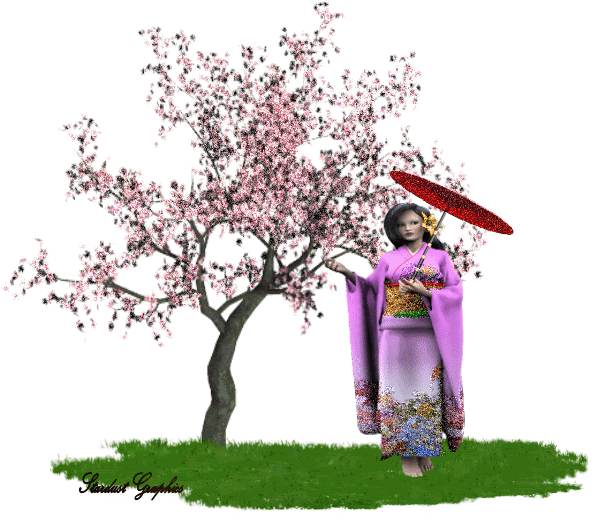
Confucianism
Confucius was a great philosopher and thinker. Confucianism is more of a practical philosophy centered upon a few basic principles than a religion, but was often just as all-encompassing as any religion. Confucian thought assumes that people are basically good and that given a proper understanding of what they should do they will naturally do so. Confucianism places duty to the family as the center of morality, and all loyalties and virtues are an extension of this belief. One of the most important things one needs to do to be a good Confucian is to know one's role.
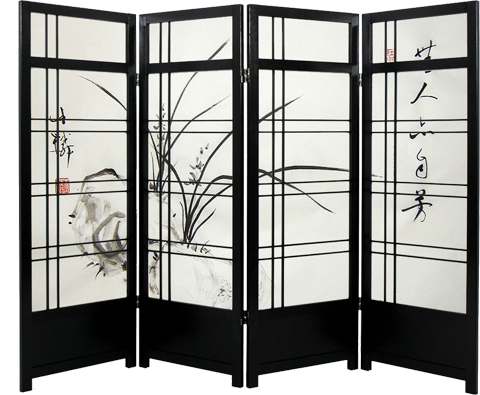
Chinese Folk Religion
The common Chinese person practices some folk religion, at least in some form. Even practitioners of other religions in China generally keep their traditions, or adapt new beliefs to their old practices. One prominent feature of the Chinese belief is idolatry. The worship of idols is performed at home, in public, at small shrines, in temples, and in some cases at work. Incense is burned, sacrifice offerings are made, and people literally bow down before their altars and statues. Often, these worships are directed to a god or posaht . There are many popular deities- such as Gun Yam , Gwan Dai , and Tin Hau . Deities tend to differ from place to place. These deities are besought for favors and to ward off evil.
Ancestor worship is even more wide-spread. It is customary to burn incense and fruit offerings as "prayers" to one's ancestors. Devoted practitioners will generally burn incense to a picture of a dead ancestor daily. Generally, there is a small red box dedicated to the worship of different idols and almost always one or more ancestors. Many people believe that by burning paper replicas of things (such as paper cars, paper houses, or paper 1,000,000 dollar bills), their ancestors in the next world receive the gift and will be able to make use of it. Just as often, however, these worshiping are out of simple respect for those who have passed on, and no thought is taken to receive any sort help or return from the offerings, nor seriously considering that the dead receive the gifts. For many it is more a matter of custom and respect than a serious religious belief. However these folk religions also have truly devoted followers and practitioners.
inf by http://www.chinese-lessons.com/chinese/culture/religion.htm

Japan
Contemporary Japan is a secular society. Creating harmonious relations with others through reciprocity and the fulfillment of social obligations is more significant for most Japanese than an individual's relationship to a transcendent God. Harmony, order, and self-development are three of the most important values that underlie Japanese social interaction. Basic ideas about self and the nature of human society are drawn from several religious and philosophical traditions. Religious practice, too, emphasizes the maintenance of harmonious relations with others (both spiritual beings and other humans) and the fulfillment of social obligations as a member of a family and a community.
 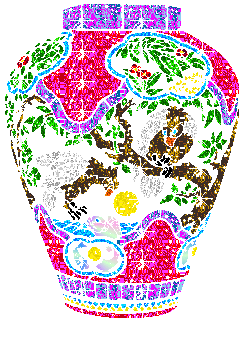 
Values
Empathy and Human RelationsIn Japanese mythology, the gods display human emotions, such as love and anger. In these stories, behavior that results in positive relations with others is rewarded, and empathy, identifying oneself with another, is highly valued. By contrast, those actions that are antisocial, or that harm others, are condemned. Hurtful behavior is punished in the myths by ostracizing the offender.
No society can exist that tolerates significant antisocial behavior in the long term, but Japan is among the societies that most strongly rely on social rather than supernatural sanctions and emphasize the benefits of harmony. Japanese children learn from their earliest days that human fulfillment comes from close association with others. Children learn early to recognize that they are part of an interdependent society, beginning in the family and later extending to larger groups such as neighborhood, school, community, and workplace. Dependence on others is a natural part of the human condition; it is viewed negatively only when the social obligations it creates are too onerous to fulfill.
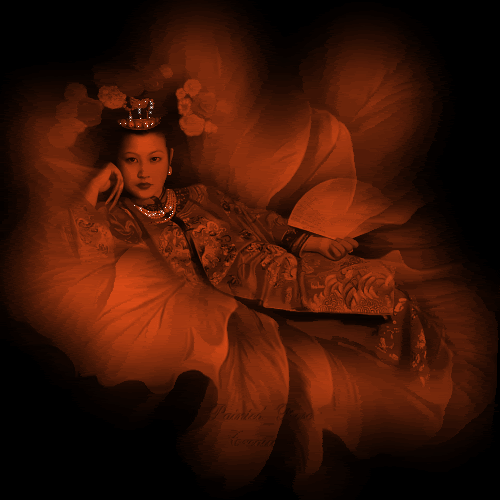
In interpersonal relationships, most Japanese tend to avoid open competition and confrontation. Working with others requires self-control, but it carries the rewards of pride in contributing to the group, emotional security, and social identity. Wa, the notion of harmony within a group, requires an attitude of cooperation and a recognition of social roles. If each individual in the group understands personal obligations and empathizes with the situations of others, then the group as a whole benefits. Success can come only if all put forth their best individual efforts. Decisions are often made only after consulting with everyone in the group. Consensus does not imply that there has been universal agreement, but this style of consultative decision making involves each member of the group in an information exchange, reinforces feelings of group identity, and makes implementation of the decision smoother. Cooperation within a group also is often focused on competition between that group and a parallel one, whether the issue is one of educational success or market share. Symbols such as uniforms, names, banners, and songs identify the group as distinct from others both to outsiders and to those within the group. Participation in group activities, whether official or unofficial, is a symbolic statement that an individual wishes to be considered part of the group. Thus, after-work bar hopping provides not only instrumental opportunities for the exchange of information and release of social tensions but also opportunities to express nonverbally a desire for continued affiliation.

Working in a group in Japan requires the development of successful channels of communication, which reinforce group interdependence, and the sense of difference from those who are not members of the group. Yet social interaction beyond that which occurs with individuals with whom one lives and works is a necessity in contemporary society. If the exchange is brief and relatively insignificant, such as buying a newspaper, anonymity will be maintained. But if the relationship is expected to continue over a long period, whether in business, marriage, employment, or neighborhood, great care is likely to be invested in establishing and maintaining good relationships. Such relationships are often begun by using the social networks of a relative, friend, or colleague who can provide an introduction to the desired person or serve as nakodo (go-between). The nakodo most often refers to the person (or people) who negotiates marriage arrangements, including checking each family's background, conveying questions and criticisms, and smoothing out difficulties. But this kind of personal mediation is common in many aspects of Japanese life.
 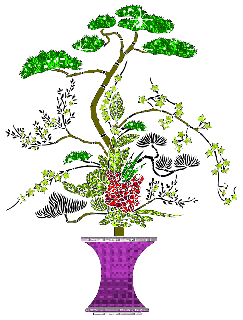
Group membership in Japan provides enjoyment and fulfillment, but it also causes tremendous tension. An ideology of group harmony does not ensure harmony in fact. Japan is an extremely competitive society, yet competition within the group must be suppressed. Minor issues are sometimes dealt with by appeals to higher authority, but they may well smolder unresolved for years. Major problems may be denied, especially to outsiders, but may result in factions or in the fissioning of the group. It is often the individual, however, who bears the burden of these interpersonal tensions. This burden is reflected in high rates of alcohol consumption and of minor, sometimes psychosomatic, illnesses. Many Japanese cope with these stresses by retreating into the private self or by enjoying the escapism offered by much of the popular culture
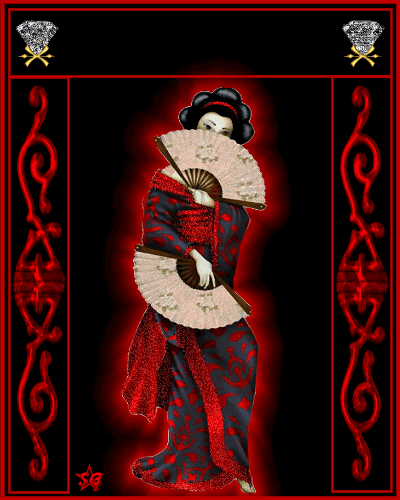
The Public Sphere: Order and Status
It is difficult to imagine a Japanese vision of the social order without the influence of Confucianism because prior to the advent of Chinese influence in the sixth century, Japan did not have a stratified society. Confucianism emphasizes harmony among heaven, nature, and human society achieved through each person's accepting his or her social role and contributing to the social order by proper behavior. An often quoted phrase from the Confucian essay "Da Xue" (The Great Learning) explains, "Their persons being cultivated, their families were regulated. Their families being regulated, their states were rightly governed. Their states being rightly governed, the whole kingdom was made tranquil and happy."
This view implies that hierarchy is natural. Relative status differences define nearly all social interaction. Age or seniority, gender, educational attainment, and place of employment are common distinctions that guide interaction. Without some knowledge of the other's background, age and gender may be an individual's only guidelines. A Japanese person may prefer not to interact with a stranger, to avoid potential errors in etiquette. The business cards or calling cards so frequently exchanged in Japan are valuable tools of social interaction because they provide enough information about another person to facilitate normal social exchange. Japan scholar Edwin O. Reischauer noted that whereas Americans often act to minimize status differences, Japanese find it awkward, even unbecoming, when a person does not behave in accordance with status expectations.

The Japanese language is one means of expressing status differences, and it contributes to the assumption that hierarchy is natural. Verb endings regularly express relationships of superiority or inferiority. Japanese has a rich vocabulary of honorific and humble terms that indicate a person's status or may be manipulated to express what the speaker desires the relationship to be. Men and women employ somewhat different speech patterns, with women making greater use of polite forms. Certain words are identified with masculine speech and others with feminine. For example, there are a number of ways to say the pronoun "I," depending on the formality of the occasion, the gender of the speaker, and the relative status of the speaker and listener. As is appropriate in a culture that stresses the value of empathy, one person cannot speak without considering the other.
The term hierarchy implies a ranking of roles and a rigid set of rules, and Japan has its share of bureaucracy. But the kind of hierarchical sense that pervades the whole society is of a different sort, which anthropologist Robert J. Smith calls "diffuse order." For example, in premodern times, local leaders were given a great deal of autonomy in exchange for assuming total responsibility for affairs in their localities. In contemporary Japan also, responsibility is collective and authority diffuse. The person seeming to be in charge is, in reality, bound into the web of group interdependence as tightly as those who appear to be his subordinates. Leadership thus calls not for a forceful personality and sharp decision-making skills but for sensitivity to the feelings of others and skills in mediation. Even in the early 1990s, leaders were expected to assume responsibility for a major problem occurring in or because of their groups by resigning their posts, although they may have had no direct involvement in the situation.
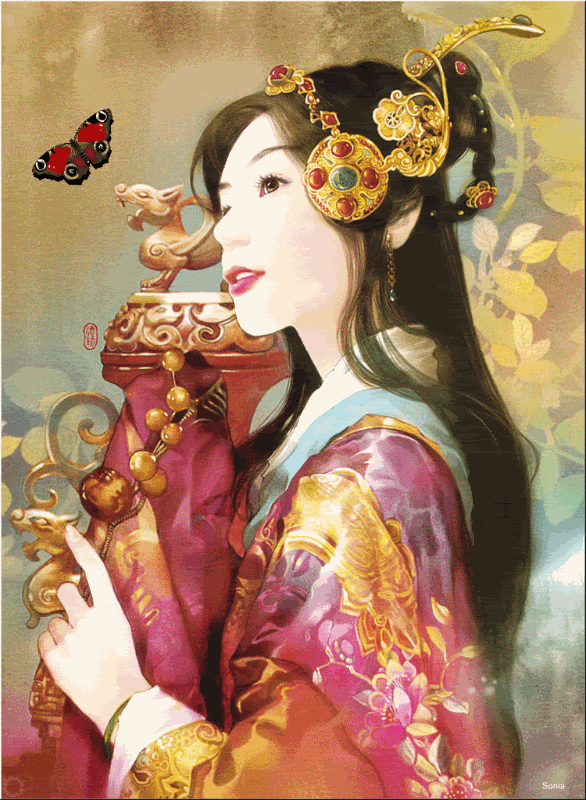
Status in Japan is based on specific relationships between individuals, often relationships of social dependency between those of unequal status. Giri (duty), the sense of obligation to those to whom one is indebted, requires deferential behavior and eventually repayment of the favor, which in turn calls forth future favors. Relations of social dependence thus continue indefinitely, with their very inequality binding individuals to each other. Rules of hierarchy are tempered by the relationship itself. This tempering is known as ninjo (human emotion or compassion). The potential conflict between giri and ninjo has been a frequent theme in Japanese drama and literature. Although young Japanese are less likely to phrase a personal dilemma in those terms, claiming that the concept of giri was old-fashioned, many continue to feel stress in doing what they should when it was not what they want. Social order exists in part because all members of the society are linked in relationships of social dependency, each involved in giving and receiving.The Private Sphere: Goals and Self

Relative status may be seen as the basis of social organization, and affiliation with others may be considered desirable, but these assumptions by no means negate a concept of self. An ideology of harmony with others does not automatically create a congruence of individual with group or institutional goals.
Anthropologist Brian Moeran distinguishes Japanese attitudes toward individuality and individualism. Individuality, or the uniqueness of a person, is not only tolerated but often is admired if the person is seen as sincere, as acting from the heart. A work of art conveys strength as well as beauty from its "individuality." Individualism, however, is viewed negatively, for it is equated with selfishness, the opposite of the empathy that is so highly valued. While many modern Japanese deny the relevance of the concept of seishin (selfless spiritual strength, as in World War II soldiers), selfishness (especially "selfish mothers," because the behavior of mothers is commonly thought to affect the mental and physical health of children) takes the blame for many social problems of modern society. These problems include ones categorized as psychosomatic medical syndromes, such as kitchen syndrome (dadokoro skokogun), in which formerly meticulous housewives suddenly adopt odd behaviors and complain of aches and pains, nonverbally expressing their frustration with or rejection of the "good wifewise mother" role, or school-refusal syndrome (toko kyohi), in which children complain of somatic problems, such as stomachaches, and thus miss school in an attempt to avoid academic or social failure.

Japan, like all other societies, has conflicts between individual and group. What is different from North American society is not that the Japanese have no sense of self but rather that the self is defined through its interaction with others and not merely through the force of individual personality.
According to Reischauer, "The cooperative, relativistic Japanese is not thought of as the bland product of a social conditioning that has worn off all individualistic corners, but rather as the product of firm inner self-control that has made him master of his . . . anti-social instincts . . . . Social conformity . . . is no sign of weakness but rather the proud, tempered product of inner strength." This mastery is achieved by overcoming hardship, through self-discipline, and through personal striving for a perfection that one knows is not possible but remains a worthy goal. In this view, both the self and society can be improved, and in fact are interrelated because the ideal of selfhood, toward which many Japanese strive, is one in which consideration of others is paramount. Whereas Americans attempt to cultivate a self that is unique, most Japanese place greater emphasis on cultivating "a self that can feel human in the company of others," according to David W. Plath. Maturity means both continuing to care about what others are thinking and feeling confident in one's ability to judge and act effectively, acknowledging social norms while remaining true to self.
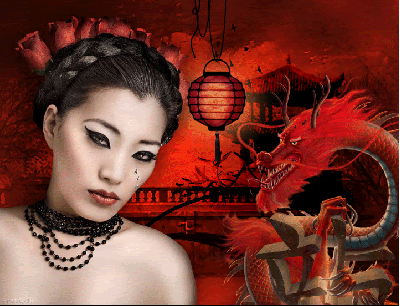
Japan's Religion and Philosophy
Two major currents of religion in Japan are Buddhism, which was brought to Japan in the sixth century, and Shinto, which developed a the nation's folk religion. As of the end of 1994, there were 231,428 religious institutions, including Buddhist temples, Shinto shrines and Christian churches. Culturally, historically, and politically Buddhism has had a great influence on the Japanese mentality. Buddhism is divided into a number of sects with the major sects being Jodo Shinshu, Nichiren, and Zen. As of the end of 1994, there were over 78,000 Buddhist temples in Japan.
Shinto has survived in the form of traditional beliefs and customs and in such practices as individual prayers and a variety of ties and festivities. Unlike such imported systems as Buddhism and Confucianism, Shinto embodies an indigenous religion and philosophy. Under the present Constitution Shinto has no official status of any situation, however, Shinto has no official status of any kind. Statistics show that there are 117 million followers of Shinto and 90 million adherents of Buddhism in Japan. In customary practice, Shinto rites are observed to celebrate such occasions as birth and marriage, while Buddhist ceremonies are used for funerals and memorial services.

Christianity was brought to Japan in 1549 by Spanish Jesuits and propagated until it was officially banned in 1612. The ban was lifted in 1873 after the Meiji Restoration. In 1994 there were 6,574 churches in Japan, divided about evenly between Catholic and Protestant. The number of Japanese Christians totaled 1,519,396.
Alongside the main faiths, many other religious groups have come into being or reached Japanese shores since the Meiji era. They include Buddhist-influenced faiths, Shinto-type faiths, and hybrid faiths combining Buddhist and Shinto elements. As of the end of 1994, these religious groups had a bout 42,176 missions nationwide and 11,112,595 followers.
info by: http://www.asianinfo.org/asianinfo/japan/pro-religion.htm
.


graphics and background by:

|